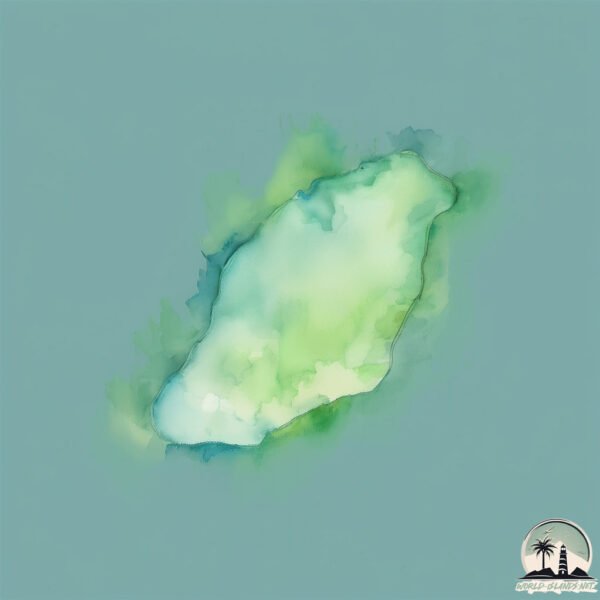Welcome to Pungbae-do , a Continental island in the Yellow Sea, part of the majestic Pacific Ocean. This guide offers a comprehensive overview of what makes Pungbae-do unique – from its geography and climate to its population, infrastructure, and beyond. Dive into the details:
Geography and size of Pungbae-do
Size: 0.132 km²Coastline: 1.5 kmOcean: Pacific OceanSea: Yellow SeaContinent: Asia
Pungbae-do is a Tiny Island spanning 0.132 km² with a coastline of 1.5 km.
Archipel: –
Tectonic Plate: Eurasia – One of the world’s largest tectonic plates, the Eurasian Plate covers a significant portion of Europe and Asia. It’s characterized by diverse geological features, including the Ural Mountains, the European Plain, and the Himalayas formed from its collision with the Indian Plate.
The geographic heart of the island is pinpointed at these coordinates:
Climate and weather of Pungbae-do
Climate Zone: ContinentalClimate Details: Monsoon-Influenced Hot-Summer Humid Continental ClimateTemperature: Hot Summer
Climate Characteristics: Hot summers with monsoon rains, contrasting with dry, cold winters. Typical of east Asian continental edges.
Topography and nature of Pungbae-do
Timezone: UTC+09:00Timezone places: Asia/TokyoMax. Elevation: -1 m Mean Elevation: -5 mVegetation: Herbaceous CoverTree Coverage: 38%
The mean elevation is -5 m. Remarkably, this unique island barely emerges above the sea level, showcasing nature’s fascinating interplay with the ocean. The island is characterized by Plains: Flat, low-lying lands characterized by a maximum elevation of up to 200 meters. On islands, plains are typically coastal lowlands or central flat areas.
Dominating Vegetation: Herbaceous Cover
Vegetation: 1 vegetation zones – Minimal Diversity Island
Infrastructure and Travelling to Pungbae-do
Does the island have a public airport? no .
Does the island have a major port? no .
The mean population of Pungbae-do is 266 per km². Pungbae-do is Moderately Inhabited. The island belongs to North Korea .
Continuing your journey, Sinmi-do is the next notable island, situated merely km away.
TAMANG PUNG KISAH - Fresly Nikijuluw (Official Music Video)
Spotify Playlist: ...
Live Stream Spice Islands Festival 2020
Spice Islands Festival bertujuan untuk menjadi alat budaya guna ...
Spice Islands Festival bertujuan untuk menjadi alat budaya guna mengklaim kepulauan Indonesia sebagai pusat sejarah jejak ...
SUMMONERS WAR YOUTUBER TO INGAME MONSTER LOOK-ALIKES
DISCLAIMER: This video was made for entertainment and not out of ...
DISCLAIMER: This video was made for entertainment and not out of malicious intent to any of the content creators featured.
North Korea is classified as Least developed region: Countries that exhibit the lowest indicators of socioeconomic development, with the lowest Human Development Index ratings. The level of income is Low income.
News – Latest Updates and Headlines from Pungbae-do
Stay informed with the most recent news and important headlines from Pungbae-do. Here’s a roundup of the latest developments.
Loading...
Please note: The data used here has been primarily extracted from satellite readings. Deviations from exact values may occur, particularly regarding the height of elevations and population density. Land area and coastline measurements refer to average values at mean high tide.

